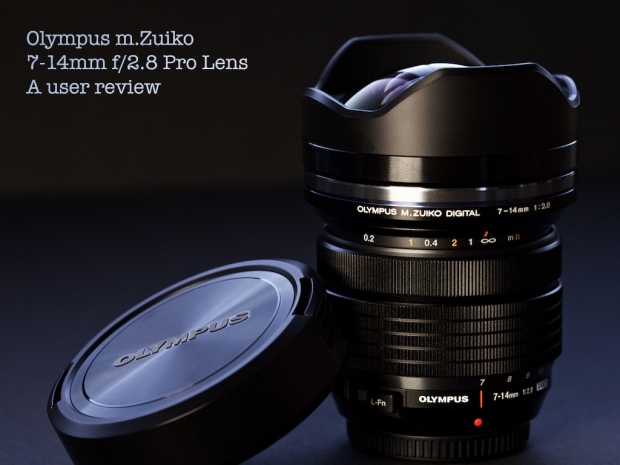We are living in a time where our photographic reality is absolutely overflowing with optical options. Regardless of which system or systems a photographer is invested in, the choices are plentiful.
I was an early adopter of mirrorless system cameras, in fact this very blog was largely built upon the back of my passionate love affair with the micro 4/3 system over a decade ago. In the time that I’ve been writing about photography on this site, I’ve wholly switched over to mirrorless cameras which has provided me with certain benefits as well as a few drawbacks. A facilitating factor for much of my excitement originally was adaptability and that factor has, over these years, turned into a revolution in many ways with the birth of smart adapters for the mirrorless setups I have and am currently shooting with in the micro 4/3, Canon RF and previously the Sony E system.
One drawback to investing in newer mirrorless system architecture is that many new lenses are expensive. A global economic landscape, combined with investment needed by the companies building these newer systems, in optical engineering, manufacturing and marketing results in that cost being passed to the consumer, especially with proprietary offerings.
In come third party manufacturers. Whether you’re shooting a mirrorless or DSLR system, third party lens options can offer huge cost:performance benefits. The last few years have seen some changes in my life, not the least of which seeing me move from part time working independent photographer, to hobbiest. Cost is now more important to me than ever as I’ve seen my fun budget reallocated elsewhere by necessity these days. C’mon in to see more from this Sigma super tele zoom lens on Canon, Sony and Micro 4/3 bodies, and to see if it’s up to snuff.










